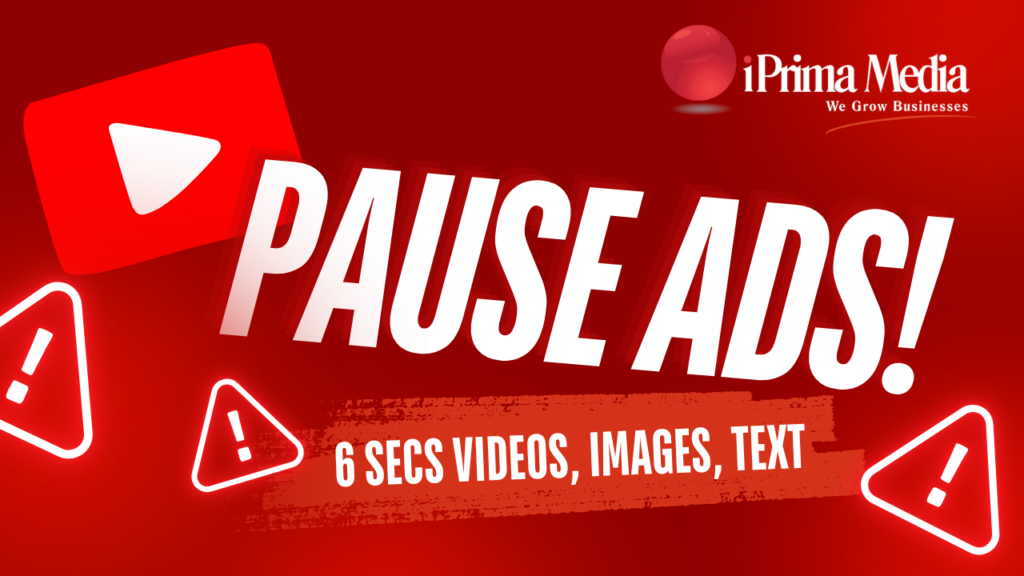Nowadays, marketing is not just about using written content or images to brand your products. People are getting into live streaming, interactive 360 videos, and more. Video marketing will be more compelling and engaging in this new era. But do you have a good video marketing strategy to execute?
Video marketing is a must-have marketing strategy for all businesses. You will need to release branded video content regularly as one of your video marketing strategies. But do you know how to create a successful video marketing strategy, especially if you are a beginner?
A solid video marketing strategy can help you meet your goals and addresses fundamental business objectives. If you are new to video marketing, here are some basic tips on creating a successful video marketing strategy. You will get the maximum results from it.
What Is Video Marketing Strategy?
 Image Credit: Canva
Image Credit: Canva
Video marketing refers to using the video to market and promote your brand on digital channels. An image can be worth a thousand words. You can multiply the effect of videos by images. That is how powerful video marketing can be. It helps to engage your audience effectively as a part of your marketing strategy.
When you use video marketing, it helps to increase engagement on your social media channels. Besides having it on your social media channels, there are a few other types of video marketing, such as video banner ads, TV video ads, live video, sponsored video, and sponsored product placement.
1. Set A Goal For Your Video Marketing Strategy
 Image Credit: Canva
Image Credit: Canva
The first step in creating a video marketing strategy is to outline your video's goal. You will need a goal to accomplish your video marketing strategy. You will want to decide what is the most important. Do you want to create awareness? Do you want to do it for consideration or a conversion?
Awareness: This stage is to attract and introduce your brand to a new audience. It is useful for your if you want to grow your audience. When you set a target for an awareness video, it must be related to discovering your brand instead of focusing on sales, such as 3-second views and view duration.
Consideration: This stage is to deepen your relationship with customers and create interest in them. This is an option if you develop a relationship with customers in a heated marketplace. The content focuses on the area of your expertise and can show that you are an expert. It is all about click-through rate.
Conversion: In this stage is to sell your product or service. The price or unique selling points will be helpful here. It is important that you can make a sale at this stage. If people are not buying, there may be a disconnect between your marketing and your product.
2. Find Your Target Audience For Your Video Marketing Strategy
 Image Credit: Canva
Image Credit: Canva
To create a successful strategy, you will need to know what type of audience will watch your content. Learn what your target audience likes, what they need, and their pain points. It will help you to create video content that connects.
B2B brands will have a more challenging time reaching out. It doesn't mean that your video marketing strategy fails if your video doesn't have millions of views. Not everyone will use your product or service. It is more important that who is your target audience and attract them to your video.
One approach is to go through any data to identify your customer's patterns, such as age, gender, and location. If you don't have any data, start by considering your customer's pain point, then think about who will have the problem. Finally, refine your target group. The more you understand your target customer, the easier you get to target them.
3. Decide What Your Video Want To Tell In Your Video Marketing Strategy
 Image Credit: Canva
Image Credit: Canva
It can be challenging to decide what kind of story you want to tell. Depending on your overall video marketing strategy, you can create many types of videos. Choosing which type of video works best for you is an important step in video marketing strategy.
Here are a few types of videos that you can consider:
- Educational: There will be more information about your product in this video. It can create brand awareness for new customers. This kind of video will be less casual and have a more polished tone. You can focus on guides and tips if you are creating for current customers.
- Behind-the-scenes: This video focuses on entertaining the audience or a virtual peeks behind the scene. You allow the customers to have a better look into your company's operations and employees.
- Interviews: Interview with guest speakers allows you to introduce your audience to a new influencer. It can provide a little more authenticity to your brand.
- Entertaining: These video contents normally include jokes and pranks. They are more towards entertaining your audience. It can be a great way to build your brand and a sense of community among your audience.
4. Maintain a Realistic Budget For Your Video Marketing Strategy
 Image Credit: Canva
Image Credit: Canva
Everything needs money. This includes your video marketing strategy. You will want to plan a proper budget, or it will be hard to achieve what you want. You will want to consider whether you will shoot in-house or outsource it to a production company. Plan on what you can do.
Try to ask a few industry experts about their charges for producing a video. Figure out if you want to hire a company, freelance, or even full-time employee, depending on your need and budget. Certain videos might have a higher cost, so do some research and decide what kind of video you need before producing one.
5. Figure Out Where You Will Want To Place Your Video
 Image Credit: Canva
Image Credit: Canva
It is important that you decide where you will want to put your video. Think about a dedicated place where visitors watch your videos, such as social media or your own website. As a marketer, you need to be impartial. Put your video where your target audience usually is, not places you love the most. This is a secret for all successful video marketing strategy.
You will need an objective while doing video marketing. You will need to know how to organize and manage your video content. It will be much easier if you have had a system since day one. Different platforms have different results. Some video marketing content is great for engagement, while other videos may be better paired with posts.
You Might Be Interested In These Too!
 Is Content Marketing The Trend? 4 Reasons You Should CareFebruary 16, 2023
Is Content Marketing The Trend? 4 Reasons You Should CareFebruary 16, 2023 KOC Marketing Tips You Should Know In 2024January 10, 2024
KOC Marketing Tips You Should Know In 2024January 10, 2024 5 Persuasive Copywriting Techniques That Resonate with Malaysian AudiencesFebruary 10, 2024
5 Persuasive Copywriting Techniques That Resonate with Malaysian AudiencesFebruary 10, 2024 Grow Your Travel Agency Business With 5 Digital Marketing PlansDecember 23, 2022
Grow Your Travel Agency Business With 5 Digital Marketing PlansDecember 23, 2022











